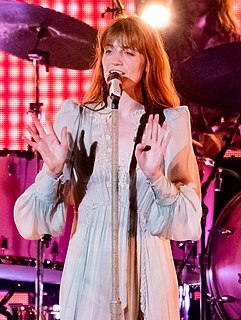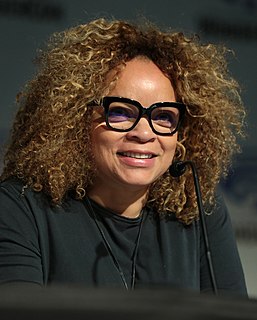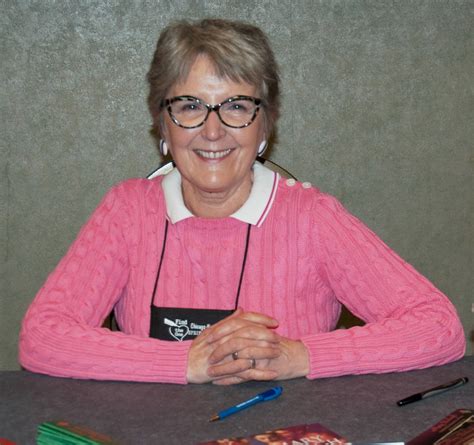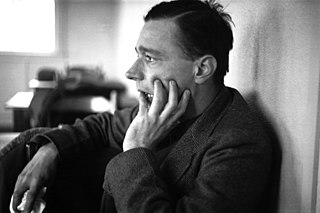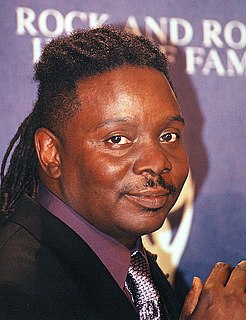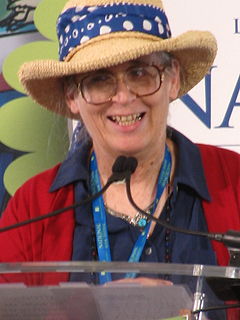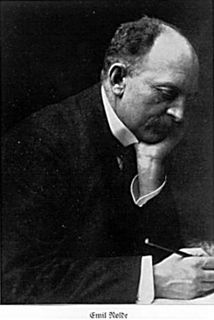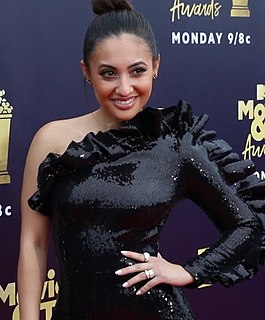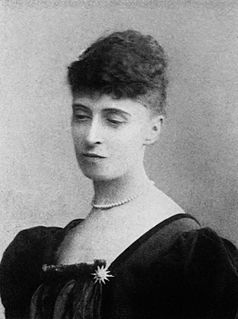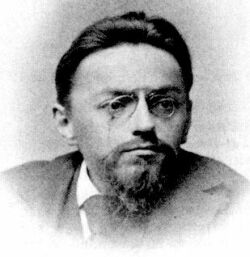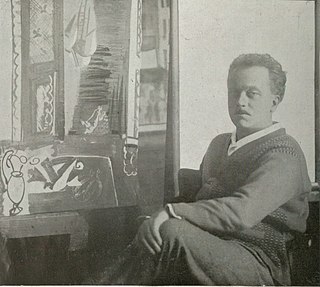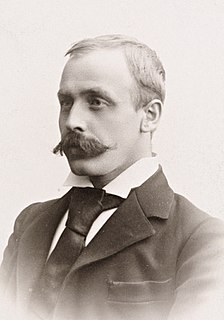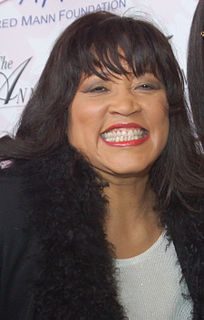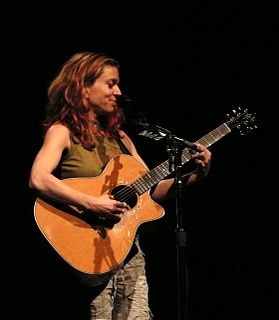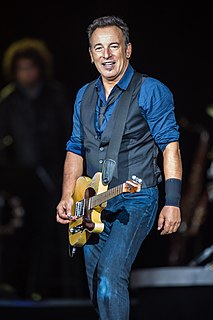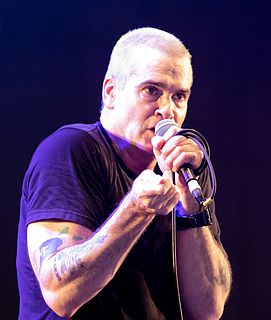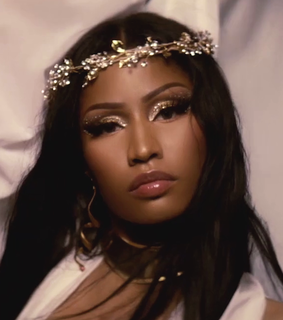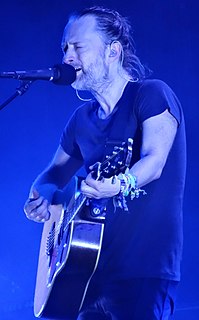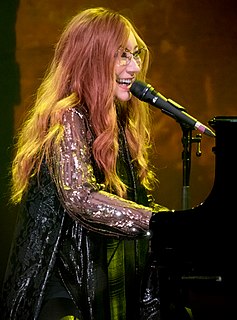A Quote by Florence Welch
I've built my wardrobe color palette around red, so I'm happy with it, but I do get pangs when I see beautiful brunettes. I've already been blue, green, black, and blonde.
Related Quotes
The color palette grew as the story progressed. The 1920's sharecroppers were muted and neutrals, the 30's and 40's introduced burgundy to the neutral palette. The 1950's introduced green, black and denim blue, the 1960's introduced orange and heavier more saturated color, the 1970's introduced more primaries, and the fashion palette became more recognizable as a contemporary one from there.
Bastian had climbed a dune of purplish-red sand and all around him he saw nothing but hill after hill of every imaginable color. Each hill revealed a shade or tint that occured in no other. The nearest was cobalt blue, another was saffron yellow, then came crimson red, then indigo, apple green, sky blue, orange, peach, mauve, turquoise blue, lilac, moss green, ruby red, burnt umber, Indian yellow, vermillion, lapis lazuli, and so on from horizon to horizon. And between the hill, separating color from color, flowed streams of gold and silver sand.
Black is the absence of all color. White is the presence of all colors. I suppose life must be one or the other. On the whole, though, I think I would prefer color to its absence. But then black does add depth and texture to color. Perhaps certain shades of gray are necessary to a complete palette. Even unrelieved black. Ah, a deep philosophical question. Is black necessary to life, even a happy life? Could we ever be happy if we did not at least occasionally experience misery?
Most eyes have more than one color, but usually they're related. Blue eyes may have two shades of blue, or blue and gray, or blue and green, or even a fleck or two of brown. Most people don't notice that. When I first went to get my state ID card, the form asked for eye color. I tried to write in all the colors in my own eyes, but the space wasnt big enough. They told me to put 'brown'. I put 'brown', but that is not the only color in my eyes. It is just the color that people see because they do not really look atr other people's eyes.
Red has been praised for its nobility of the color of life. But the true color of life is not red. Red is the color of violence, or of life broken open, edited, and published. Or if red is indeed the color of life, it is so only on condition that it is not seen. Once fully visible, red is the color of life violated, and in the act of betrayal and of waste.
Imagine a mosaic picture of a house in the country: lots of red and blue and yellow and black and brown and white and a dozen different shades of green tiles which make a beautiful picture if you stand back far enough. All the little red squares are true - true things, true places, true feelings. But the red squares aren't the picture. All the rest of it is lies and stories, often within the same sentence.
Munch writes poetry with color. He has taught himself to see the full potential of color in art His use of color is above all lyrical. He feels color and he reveals his feelings through colors; he does not see them in isolation. He does not just see yellow, red and blue and violet; he sees sorrow and screaming and melancholy and decay.
Imagine a wall that's green on one side and red on the other. You stand on one side and only see green. I stand on the other side and only see red. We'll both be right about the color we see, even though we disagree on what color the wall is. Being able to realize that the other person has a valid point, even if you disagree with it, that's maturity.
